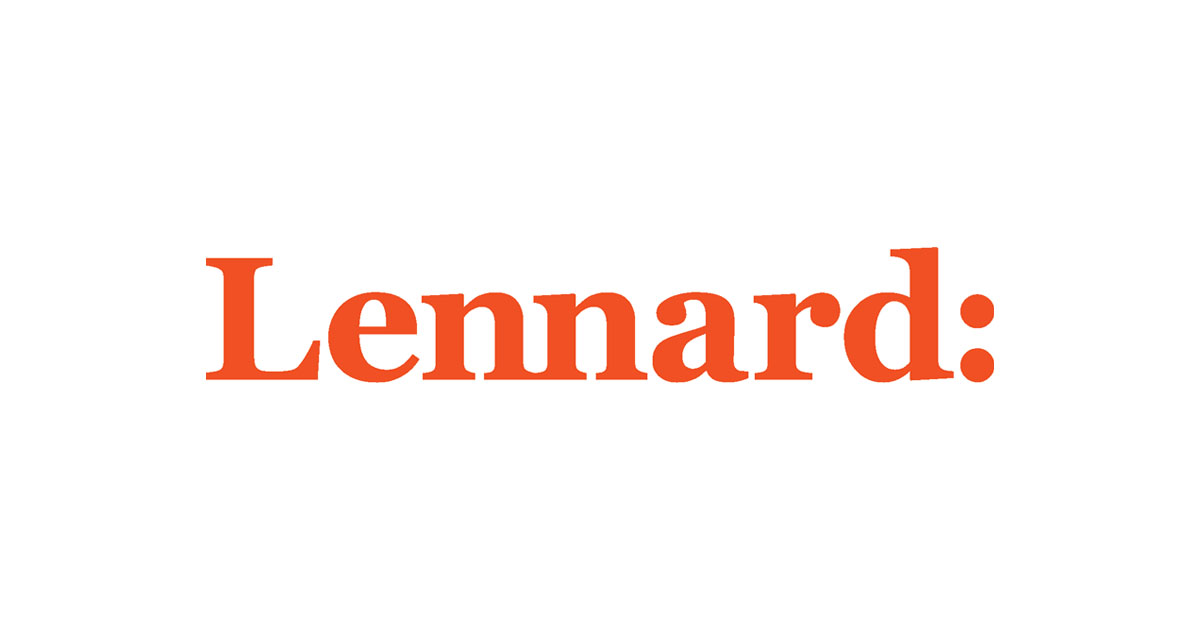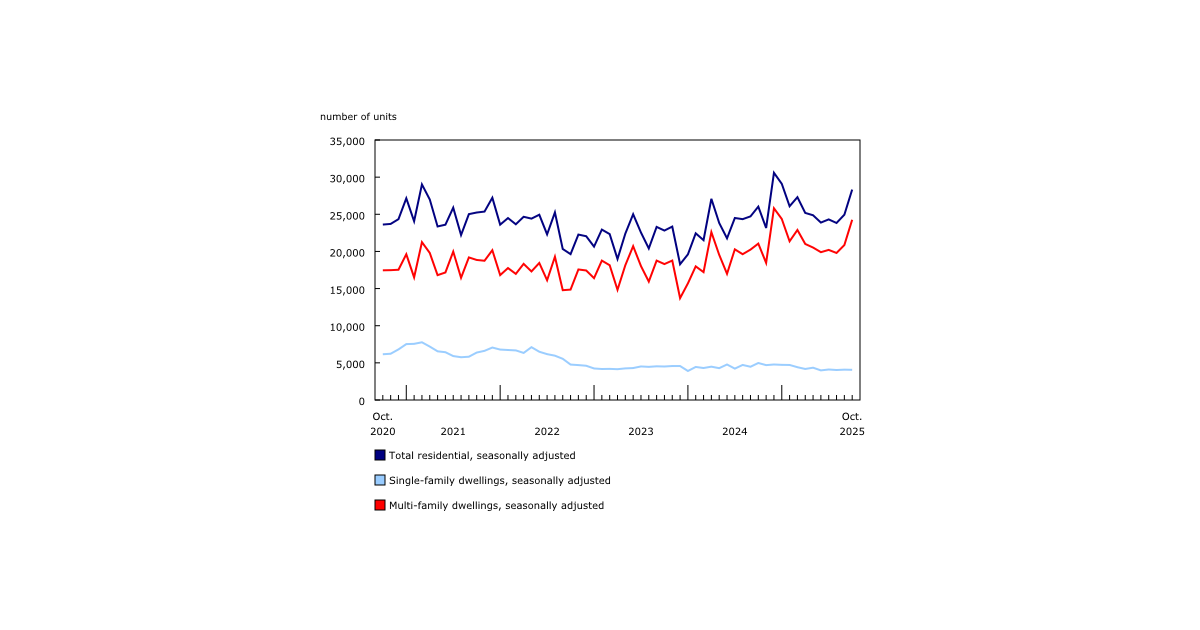ECAO’s Ontario’s Energy Future Sector Analysis Report

June 14, 2024
Driven by economy-wide decarbonization efforts in response to the global climate crisis, Ontario’s electricity sector is rapidly evolving to enable the shift from fossil-based energy sources to clean energy sources. At the same time, with electrification of industry, transportation and more, it is abundantly clear that the demand for electricity supply is growing at a furious pace.
Whether it is the installation of a new electric vehicle charging station, the development of a local microgrid system or the upkeep of a large-scale transmission line, electrical contractors and their skilled workforce are essential to powering Ontario’s economy, especially now as the need for new electricity supply grows.
ECAO’s Ontario’s Energy Future Sector Analysis report reviews the main drivers for change in Ontario’s electricity system, summarizes critical trends in the province’s electricity sector, and provides recommendations to ensure the labour readiness of the electrical contracting industry. Working with the Ministry of Labour, ECAO, as a trusted labour partner, can ensure needed training and support are available for Ontario’s electrical contractors.
Energy Future Sector Analysis report:
- Ontario’s electricity sector is influenced by government policy, economics and customer preferences. Decarbonizing is foundational to greenhouse gas emission reductions. Electricity demand is expected to significantly increase, which will require investments in new transmission and distribution, clean generation and energy conservation, among other initiatives.
- Climate-friendly policies attract investment and economic growth. We are ahead of the game, with 90% of the province’s electricity generation being emissions-free. But there is an increased strain on the province’s electricity grid. Over the next six years, from 2024 to 2030, load is expected to grow 1400-2200 megawatts.
- Much of Ontario’s electricity generation fleet is nearing end of life. A significant portion of the province’s energy fleet is unlikely to operate past its IESO contract term, given location, refurbishment costs or restrictions due to government regulations such as clean electricity targets.
- The province’s transmission and distribution system must expand to accommodate growing demand. Developing new transmission and distribution networks capable of handling Ontario’s evolving electricity structure takes time, significant investment and a sufficient, skilled and ready workforce. Of particular consideration, four areas of the province have been identified as ‘hot spots’ – southwestern Ontario, the Greater Toronto Area, Ottawa and the northeast.
- Emerging electricity resources must be factored in. The energy landscape is changing, and Ontario’s electricity infrastructure must evolve to adapt to it. We must build to accommodate distributed energy resources such as solar panels, heat pumps and storage to enable lower demand on bulk system sources. As the province looks to build 1.5 million new homes and meet federal net-zero emission goals, microgrids – self-contained electrical networks – are certain to be a part of the picture in many jurisdictions.
The energy transition will include several pathways where electrical contractors will need to be skilled, including smart grids, advanced meter infrastructure and transmission technology, clean energy such as nuclear, solar, storage, heat pumps, electric vehicle chargers and smart homes, and microgrids and related market rule requirements.
Go HERE to review the report

















